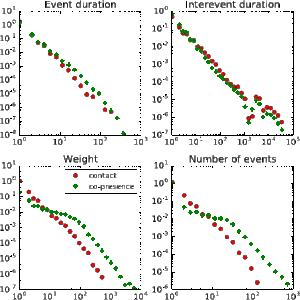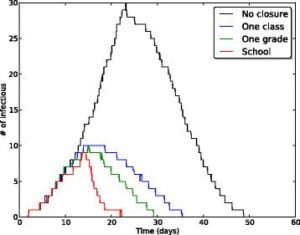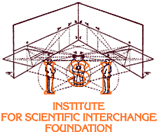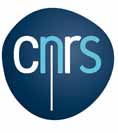DEPLOYMENT: LSS at HyperText ’09
Event descriptionThe 20th ACM Conference on Hypertext and Hypermedia was held in Torino, Italy. This annual conference is the foremost international conference on hypertext and hypermedia. It brings together scholars, researchers and practitioners from a diverse array of disciplines, united by a shared interest in innovative textual and multimedia information spaces – with emphasis on augmenting human capabilities via linking, structure, authoring, annotation and interaction. In addition to the established conference themes, the conference is actively exploring ideas at the intersection of hypermedia and Digital Libraries, Software Engineering and the Humanities. Submissions are welcomed on the representation, design, structuring, visualizing, navigating, and exploiting of the rich network of relationships found in these domains. [source: the Hypertext conference website] Deployment descriptionThis was the second deployment of the Live Social Semantics project, a collaboration between the SocioPatterns project and the TAGora project, in particular Harith Alani, Martin Szomszor and Gianluca Correndo. A description of this project’s objectives and methods is provided on the Live Social Semantics project page. Acknowledgements
|
NEWSNew data sets published: co-presence and face-to-face contactsThrough a publication in EPJ Data Science, we have released several new data sets of different types. These datasets can be found on Zenodo. On the one hand, we have released new temporally resolved data on face-to-face interactions collected in
In addition, we release data sets describing the temporally resolved co-location of individuals, where co-location of two individuals at time t means that the same exact set of readers have received signals from both individuals at time t. Data can be found on our website or on Zenodo. Obviously, the co-location data corresponds to a coarser spatial resolution than the face-to-face data, and we have compared the corresponding data in terms of structure and when used in data-driven simulations of disease propagation models in our paper.
SocioPatterns: measuring animal proximity networksAfter so many measurements concerning humans in different contexts (which we will continue measuring), SocioPatterns has partnered with different institutions to measure proximity networks of animals, ranging from free-roaming dogs to sheep and cows. The goals of the studies range from the study of social networks of animals to the development of better models of disease transmission in animal groups.
School closures to mitigate influenza spread: two studies based on SocioPatterns dataIn order to fight and mitigate emerging epidemics, non-pharmaceutical interventions can become necessary. Among these, school closure is typically regarded as a viable mitigation strategy: children indeed are known to play an important role in the propagation of infectious diseases, due to their high rate of contacts at school. School closure is however a costly measure whose applicability remains uncertain and whose implementation should carefully be weighed on the basis of cost-benefit considerations. In two successive studies published in BMC Infectious Diseases, we have used high resolution data on the contact patterns of children that we collected in a primary school,(i) to define and investigate alternative, less costly mitigation measures such as the targeted and reactive closure of single classes whenever symptomatic children are detected, at the scale of a single school and (ii) to evaluate the effectiveness of several such gradual reactive school closure strategies at the scale of entire municipalities. Our results highlight a potential beneficial effect of reactive gradual school closure policies in mitigating influenza spread. Moreover, the suggested strategies are solely based on routinely collected and easily accessible data (such as student absenteeism irrespective) and thus they appear to be applicable in real world situations. References: Mitigation of infectious disease at school: targeted class closure vs school closure
SUPPORTED BY
|
![SocioPatterns [logo]](http://www.sociopatterns.org/wp-content/themes/sp2/images/header_logo.png)



